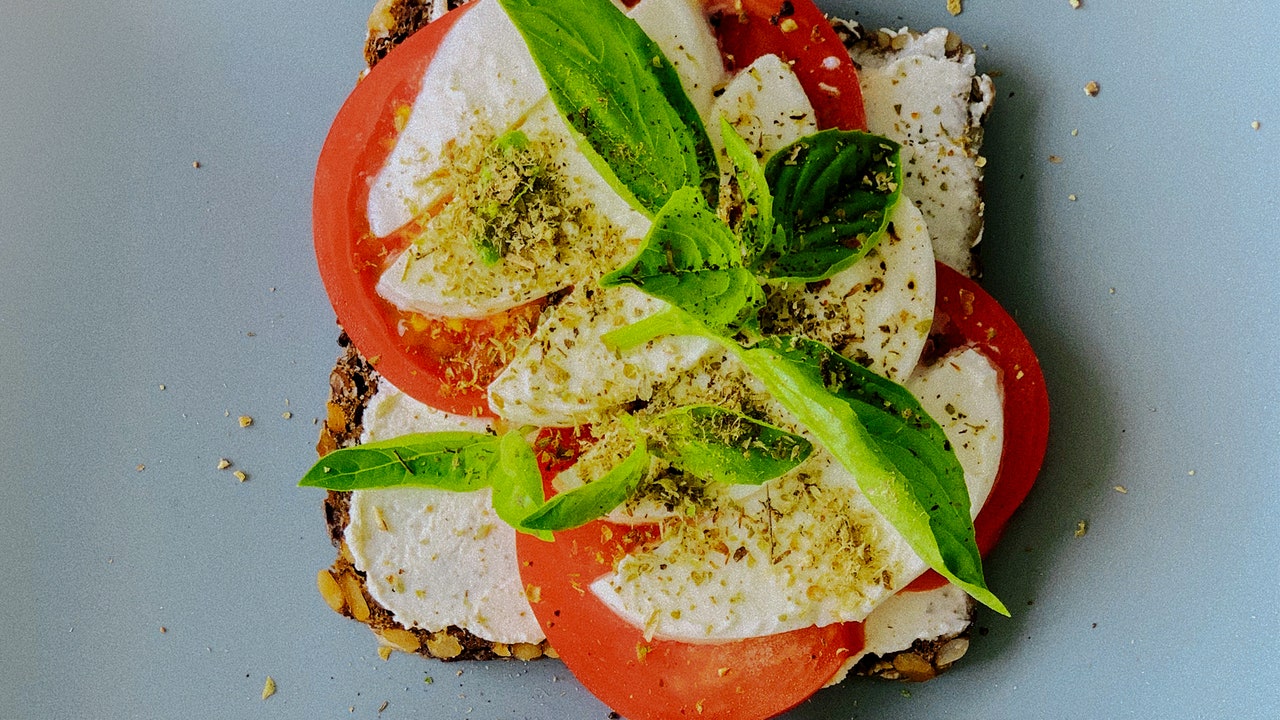
There are so many varieties of ricotta cheese: it can be made from cow, sheep, goat, or buffalo milk, and is available in salted, baked, and smoked versions. Delicious and versatile, it’s also an incredibly underrated health food. When you consider the nutritional properties of ricotta, you’ll find that it’s one of the healthiest cheeses you can eat, right up there with the ever-popular and high-protein cottage cheese.
What is ricotta?
Believe it or not, ricotta doesn’t technically count as a cheese. It’s actually a dairy byproduct that’s been eaten since the Bronze Age, and is made from whey—the liquid that remains after making other cheeses. Makers will then heat the whey and add acid, which causes flakes to form on the surface. These flakes are ricotta. Mild in taste, ricotta is typically light, with a creamy texture.
Why is ricotta a healthy choice?
According to the British Heart Foundation, ricotta is low in salt and fat, with only 10% fat, of which six percent is saturated. The protein content will depend on whether it’s made with whole milk, semi-skimmed milk, or is low-fat, but typically, in 100g, you’ll get:
- 7 to 8g of protein in whole milk ricotta
- 8 to 9g of protein in semi-skimmed-milk ricotta
- 10 to 11g of protein in low-fat or fat-free ricotta
Plus, ricotta contains a plethora of vitamins and minerals, including vitamin K and calcium, both of which are beneficial for bone health and blood clotting.
The benefits of eating ricotta cheese
- It’s easily digestible
- It has a low-glycemic index, meaning it won’t spike your blood sugar
- It contains little fat compared to other fresh cheeses like feta, mozzarella, and mascarpone
- It’s low in calories (140 calories per 100g)
- It’s rich in protein, which can help with muscle building and recovery
- It’s beneficial for bone health thanks to the calcium and vitamin K
- It’s rich in vitamin B12, which supports a healthy metabolism, red blood cell formation, and good nervous system health
- Due to the high-protein content, it’s a satiating food to eat
- Because ricotta contains both whey protein and phosphorus, it can help in regulating blood pressure
Is there anyone who should avoid eating ricotta?
Unless you’ve been told by your doctor to avoid eating food with the nutritional profile of ricotta, there’s only one group who should avoid it: those with lactose intolerance. Even though ricotta is a dairy byproduct, it still contains lactose and therefore wouldn’t be appropriate for those with intolerances or allergies.
6 ways to eat ricotta
- Spoon fresh ricotta into a bowl and top with berries, fresh fruit, and nuts for a satiating, high-protein breakfast.
- Mix ricotta with oats and a little milk/water and leave to soak overnight. Add chopped fresh fruit and coconut flakes in the morning for a delicious, protein-rich overnight oats breakfast.
- For an easy dessert, drizzle honey or maple syrup, with a sprinkling of cinnamon, over a small bowl of ricotta.
- Make a protein mousse by blending ricotta with cocoa and a couple of dates.
- Spread on sourdough, rice cakes, or corn cakes and top with a little extra virgin olive oil, salt, pepper, and cherry tomatoes.
- Use in homemade pasta sauces, like the recipe below.
Ricotta and sun-dried tomato pasta
Serves: 2
#Ricotta #Underrated #HighProtein #Cheese






